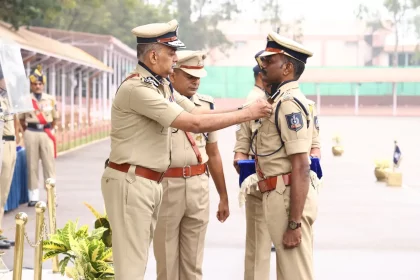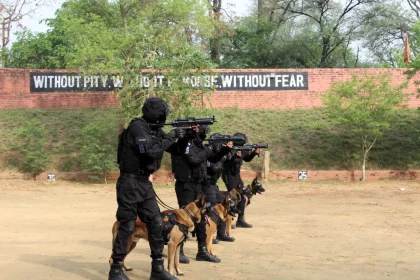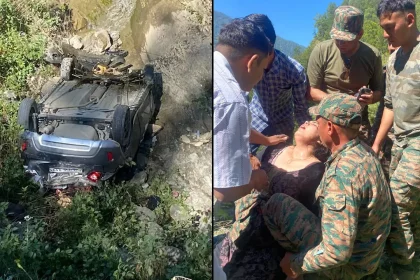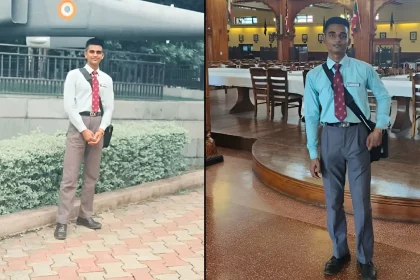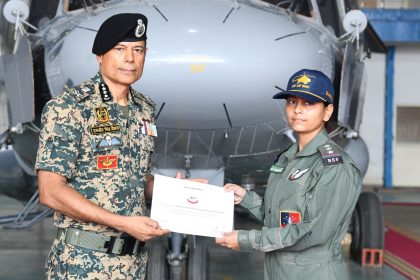Director’s Parade Held at SVPNPA as Precursor to 77RR Passing Out Ceremony
Shri Amit Garg, IPS, Director of the Academy, inspected the parade and addressed the probationers.
NSG K9 Unit Conducts Specialized Training for CAPFs & State Police
NSG’s Manesar-based K9 Wing trained 29 personnel from CAPFs and State Police in advanced explosive detection, tracking, and assault operations…
Indian Army Soldiers of Nurnag Battalion Rescue Civilians After Road Accident in Uttarakhand
Soldiers under Saidpur Brigade display exemplary courage and humanity between Pithoragarh and Banbasa.
Ragging at NDA? Cadet’s Mysterious Death in Pune, Family Alleges Harassment by Senior Cadets
Both the Pune Police and the NDA Court of Inquiry are now investigating the case from multiple angles.
Inspector Bhawna Chaudhary Becomes BSF Air Wing’s First Woman Flight Engineer
Inspector Bhawna Chaudhary has made history by becoming the first woman flight engineer in the BSF Air Wing.
India-Australia Joint Military Exercise ‘AUSTRAHIND 2025’ Begins in Perth
Fourth Edition of India-Australia Joint Military Exercise Strengthens Defence Cooperation and Interoperability in the Indo-Pacific Region.

